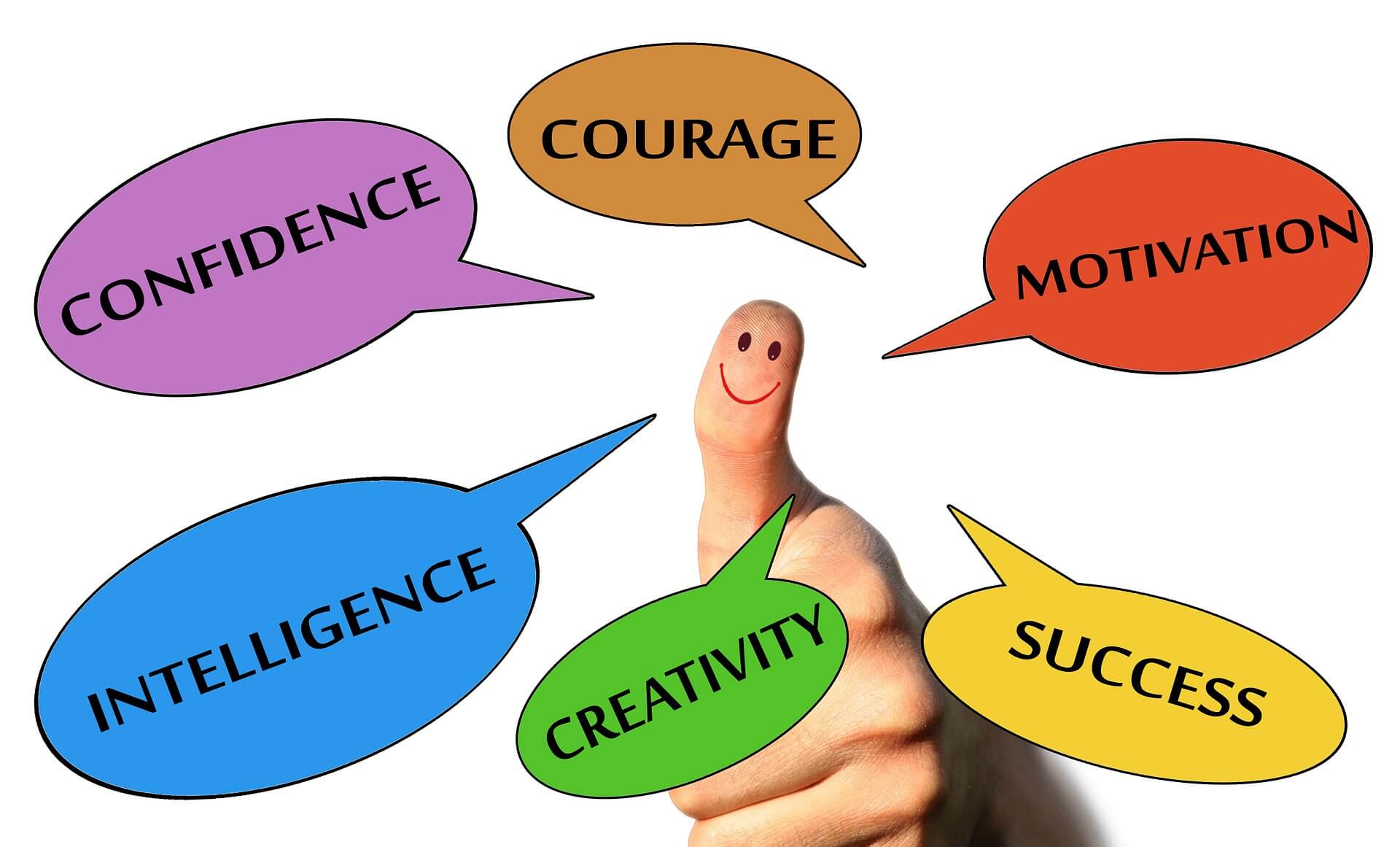Artificial Intelligence (AI) has become an integral part of our daily lives and has revolutionized how we interact with technology and businesses. This post discusses how to use AI to enhance customer experience with another AI, authentic interactions.
Over the past year, the AI landscape has witnessed a significant shift from AI versus AI competitions to AI working in collaboration with AI. Although AI-driven interactions have made significant progress, it is time to take them to the next level by integrating authentic interactions with AI to deliver exceptional customer experiences.
Let’s examine how AI has evolved in customer relations and explore ten ways businesses can integrate authentic interactions with AI to enhance customer experiences.
Get ready to delve into a world where technology meets humanity, where the future of customer engagement is not AI versus AI, but AI working in tandem with AI.
If you’d prefer to listen rather than read:
The Evolution of AI in Authentic Interactions with Customers
Over the years, AI has greatly evolved in customer interactions. Initially, AI was used to automate monotonous tasks and to provide quick and efficient responses to customer inquiries. However, the early AI systems were often inflexible and could not understand and adapt to the subtleties of human communication.
With the advances in AI technology, we have seen the emergence of chatbots and virtual assistants that can engage in more natural and context-aware conversations.
This development has led to a shift from the traditional AI versus AI approach, where AI tries to outsmart or outperform other AIs, to a more collaborative approach known as AI + AI.
AI + AI: The Future of Customer Engagements
The combination of AI and AI marks a significant change in how businesses utilize AI technologies for authentic customer interactions. Instead of setting one AI system against another, businesses are now concentrating on integrating multiple AI components to function together fluidly, ultimately improving customer experiences.
Here are ten methods to integrate authentic interactions with AI to achieve this goal:




